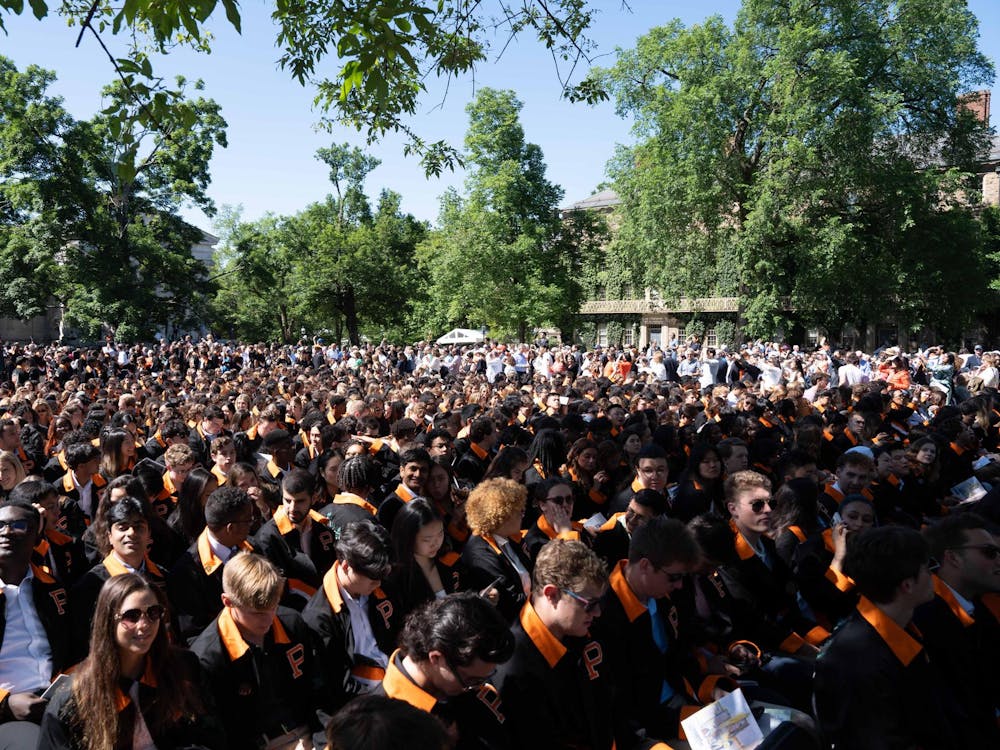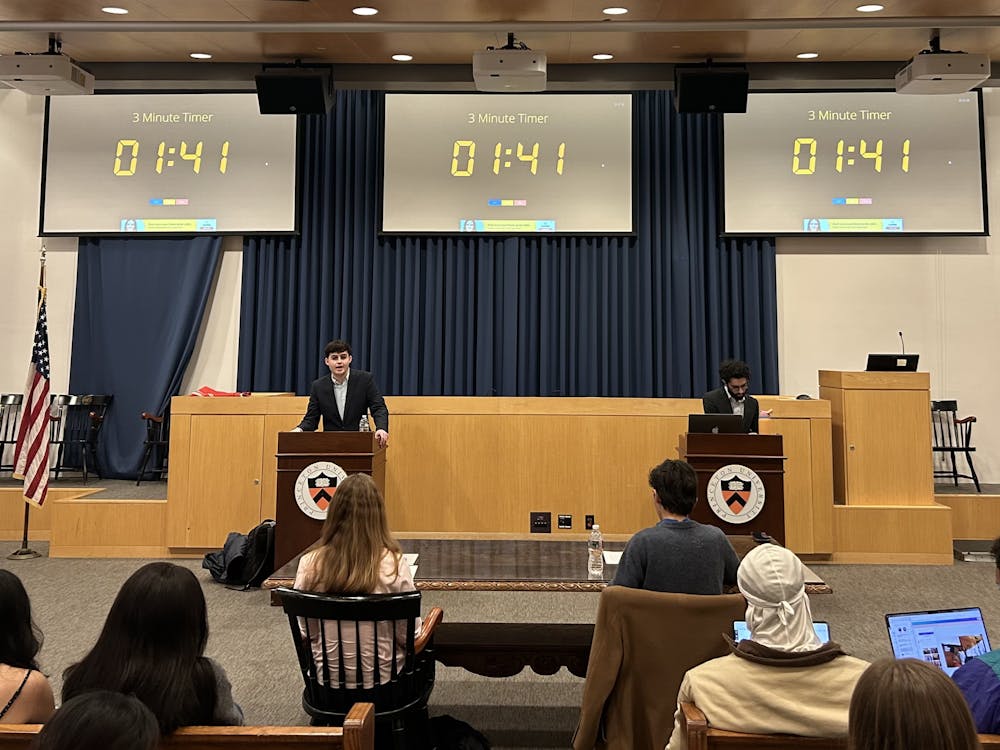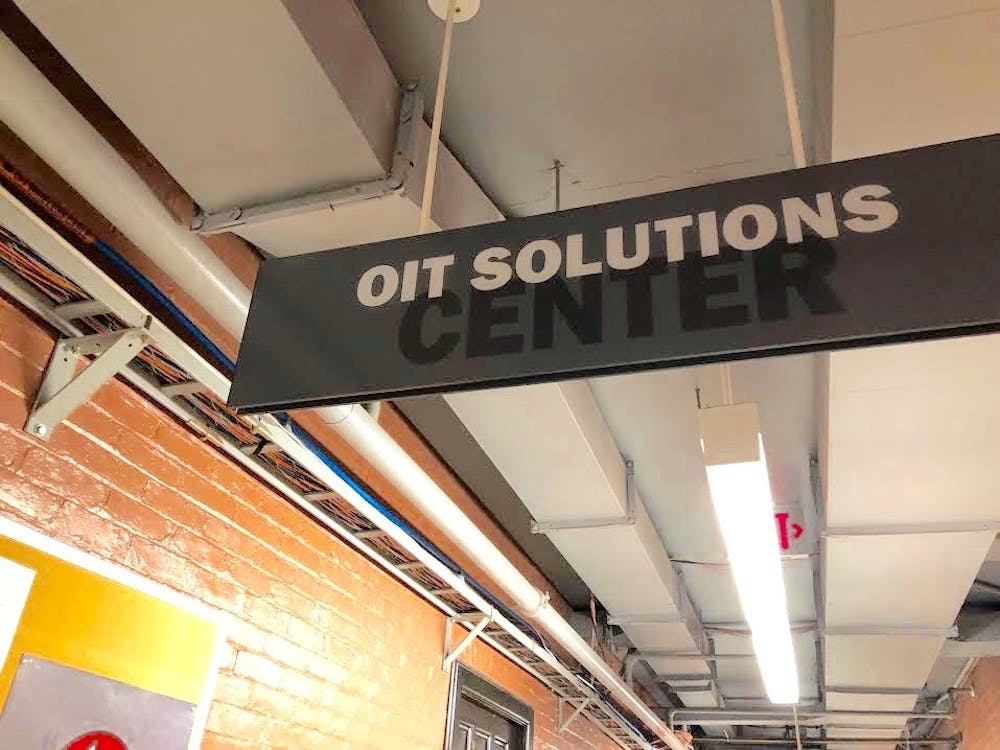Half of Princeton students are on welfare. This fact, appearing in last Sunday's New York Times, seemed a bit odd as I sat flipping through the paper in posh Café Vivian, double latte in hand. With Burberry to the right of me, J. Crew to the left and privilege all about, my surroundings felt far more gilded than ghetto — or so I thought.
Princeton is exceptional in many ways. We stand at the peak of the academic pyramid, we have the largest endowment-to-student ratio in the country, and we house a number of world-class departments. Sunday's Times added a new and unexpected superlative: We also receive more educational aid per capita than any other school. Congratulations, Princeton; you're the number one welfare recipient!
Like most colleges and universities, Princeton receives federal funds to reduce the cost of tuition for students with financial need — about half the student body. These funds vary from school to school, but not, it seems, in any logical way. For example, in 2001 Princeton received an extra $1.42 in taxpayer money for every $1.00 Princeton students got in federal grants, according to the Times. Harvard received only $0.98 and Yale a meager $0.72, though it costs about the same to educate a student at all three institutions.
The real scandal, however, is how much more federal aid elite schools get than, for example, the City University of New York (CUNY), which received just $0.04 in matching funds from the feds, 36 times less than Princeton. Some of this disparity may be explained by the difference in tuition between CUNY and Princeton, but not all. Accounting for tuition differences — Princeton is about nine times more expensive than CUNY — Princeton still receives about four times more federal aid per capita than CUNY to help lower-income students afford college.
But even if Princeton's allocation of aid were cut to be proportionate with CUNY's, the system would still not be fair. Beyond tuition, Princeton is "independently wealthy," boasting an $8.7 billion endowment. That breaks down to about $1.5 million per student (including graduate students), meaning that the University has a large capacity to subsidize tuition on its own, without federal help. Schools like CUNY have no such resources.
The result is that Princeton students who receive federal aid benefit enormously. Federal subsidies help the University to provide exceptionally generous assistance packages. Princeton students who receive no aid also benefit; the money that the University might otherwise have allocated to financial aid can now be spent on things like superstar faculty and immunization extravaganzas. Indirectly, last week's Cirque de Santé was in part paid for by the American people.
According to the Times, this astoundingly inequitable system is a remnant of the 1970s, when federal aid was allocated by regional panels of educational experts. Unsurprisingly, well-connected institutions like Princeton received most of the funding.
It is important for the federal government to help everyone pay for the rising cost of college. But why is it more important for taxpayers to help a few smart students attend places like Princeton than to make it possible for many more students to attend less elite schools, especially when rich schools can afford tuition breaks without any help from the government?

As Congress looks into distributing educational aid more equitably, Princeton should be at the forefront of those calling for fairness. The University should freely acknowledge that it disproportionately benefits from the current policy. More importantly, it should advocate a progressive subsidy system that gives wealthy institutions less federal assistance than poor schools, not more. How can Princeton claim to be "In the Nation's Service" when it is leeching scarce federal money from poorer schools?
It is no secret that educational resources are inequitably concentrated in a few elite institutions. Federal programs — which are paid for by all Americans — should seek to correct, not exacerbate, this imbalance.
Tom Hale is a Wilson School major from South Kingston, R.I.








